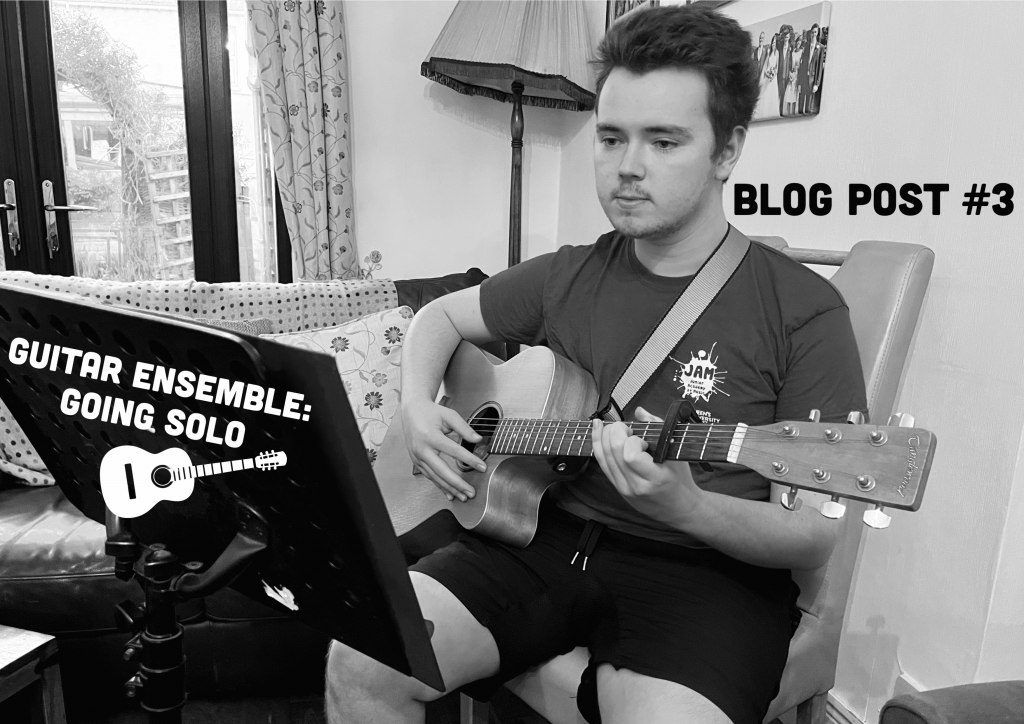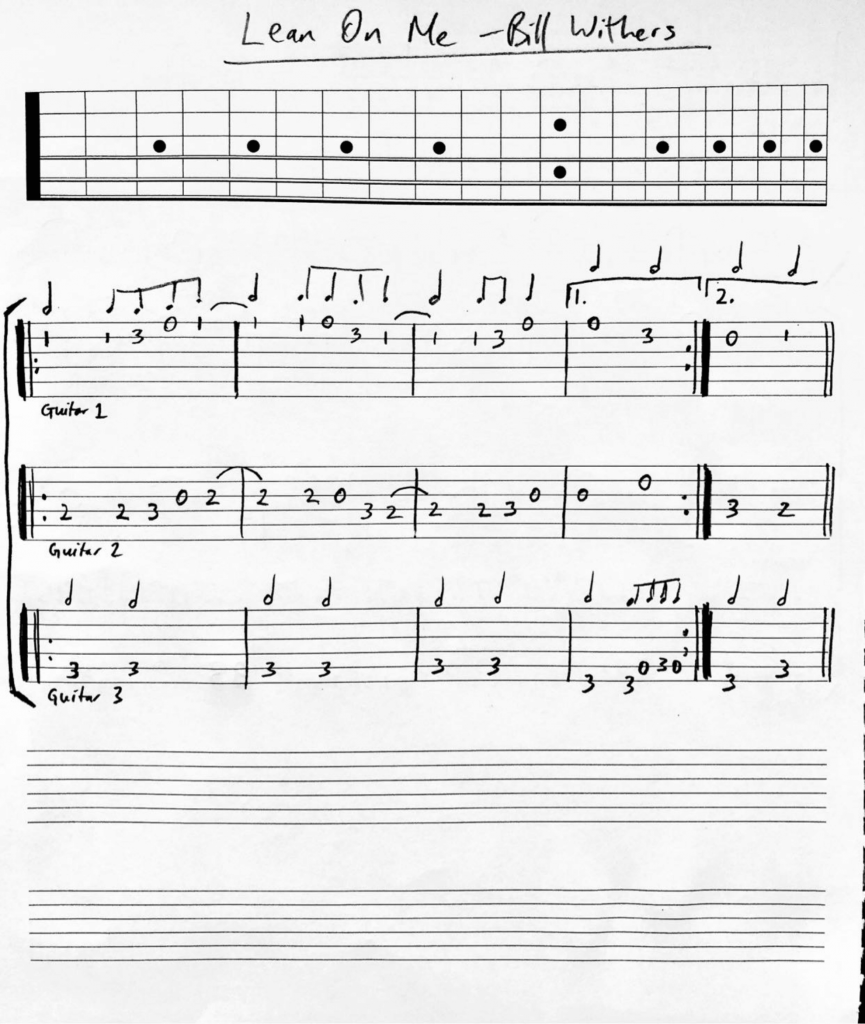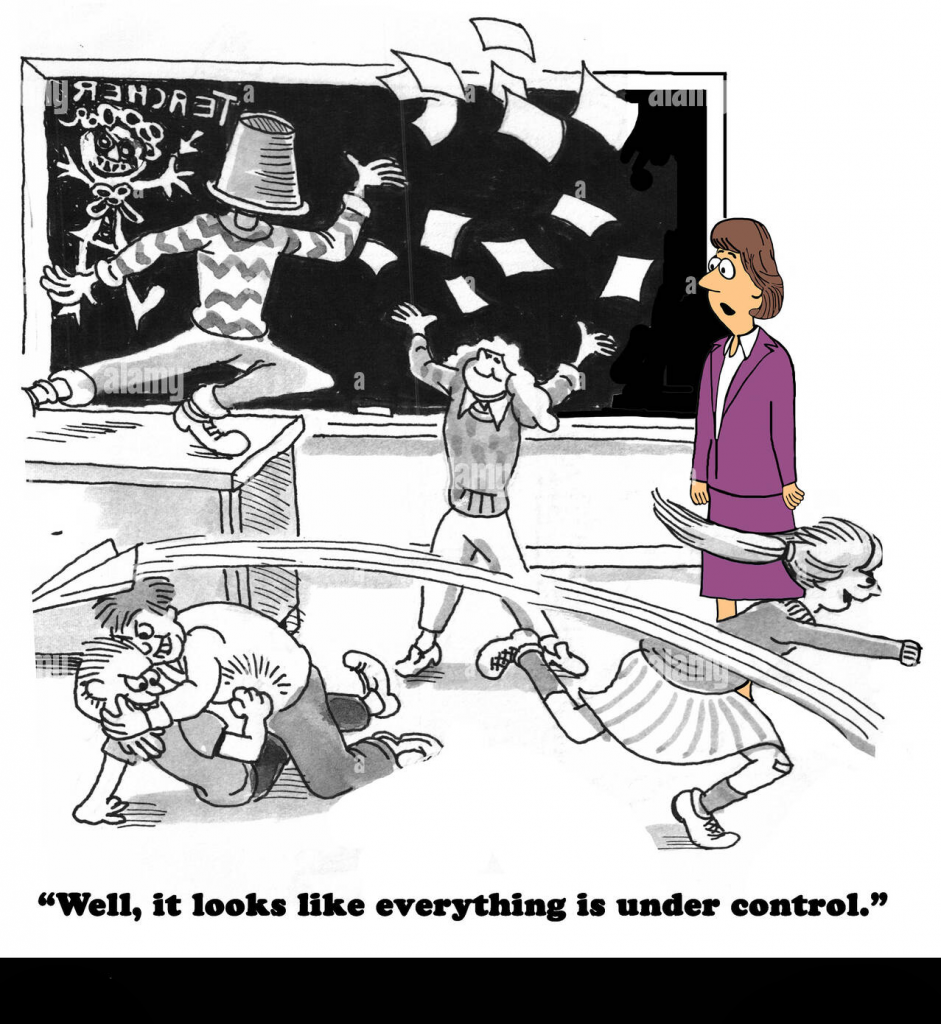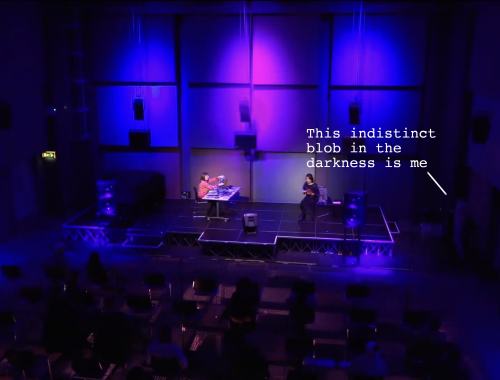Guitar Ensemble: Going Solo

Without a doubt, the most challenging aspect of my placement so far was being put in charge of JAM’s guitar ensemble. I will use Gibbs’ model to reflect on this demanding experience, as I have found it an effective way to process the situations of my previous two blogs. I will combine the first two stages of the cycle, as describing while remarking on feelings, flows the best for me. McMillan and Weyers’ How to Improve Your Critical Thinking and Reflective Skills not only gives a deeper explanation of Gibb’s model but also comments that “it is part of human nature to learn continually from experience, generally becoming more proficient and wiser in our responses to events as we grow older.” This gradual attitude to experiential growth was a useful observation to keep in mind as I embarked on attempting to process this challenging situation.

Description and Feelings
One Thursday night in January, I received an email from the leader of JAM’s guitar ensemble, explaining that he would be leaving early on Saturday and that I would therefore be in charge of the guitar ensemble. The idea of teaching this instrument to a group was a frightening prospect. While I do possess basic guitar skills, it is certainly not the instrument I am most proficient in.

I began my preparation by looking at the sheet music for the three-part guitar arrangement of ‘Lean on Me’ by Bill Withers. I found an article on how to read guitar tabs, so that I could play each part to the pupils. I then read Improve your teaching! by leading music educationalist Paul Harris and found his pro-active ‘Simultaneous Learning’ approach enlightening. The realisation that the various ingredients that make up a piece of music are connected was something that I thought would help me teach the ensemble. My nerves subsided considerably after completing this preparation.

On Saturday morning, I felt nervous but also experienced a hint of excitement. As the pupils entered the room, I directed them to sit according to their guitar part. A couple of the pupils refused to do so and instead ran about the room misbehaving. This was quite frustrating, and I felt a loss of control. I told them that if they settled down, I would play Withers’ 1972 hit at the end of the class. This offer seemed to work. I then walked around to hear each section play, counting them into the piece and steadily clicking the 4/4 rhythm. I also helped them work on their pitch, demonstrating on my own guitar. I finished the lesson by challenging the pupils to play all the parts together, which they were able to do at a moderate tempo.
Evaluation
Positives
Although I was apprehensive at first, I competently led an ensemble practice with little time to prepare on an instrument I am not highly skilled in. I was able to encouragingly help and guide the pupils in playing their individual parts and then conduct everyone as they played together (something I had never done before). While the misbehaviour was extremely challenging, I coped with it and successfully implemented a behaviour strategy.
Negatives
I found some of the pupils’ behaviour exceptionally disruptive and difficult to control. Their throwing of items around the room created a chaotic atmosphere and they also played other instruments in the Harty Room, which was forbidden. Although I eventually got them to stop, I certainly felt a lack of control, having to tell them things multiple times, only to be ignored. I also found it difficult to focus on the individual needs of each pupil in the group, as all eight needed help.

Analysis
I attribute the positive results that came from the experience to my preparation beforehand.
I realise there were two key reasons for the pupils’ misbehaviour. Firstly, the pupils know me as the teaching assistant who is more on “their level”, therefore believing they can get away with more than when the regular teacher is present. Secondly, behaviour management was not an area I had prepared for in advance as the pupils had behaved well when I was the assistant.
Conclusion
Overall, I am pleased with how I handled this challenging situation. With little time to prepare for leading an instrument that I’m not formally trained in, I discovered that I can push through my anxiety and use my musical intuition to help others. I learned that when working with young pupils, behaviour is always something you need to be prepared to deal with. I specifically want to improve my group teaching ability and research behaviour management strategies.
Action Plan
In Group Music Teaching in Practice, Harris argues that “progress can manifest itself in many guises: as providers of music education, it is necessary to develop a very broad-minded approach to progress”. Progress doesn’t need to be instantaneous but can be lateral, gradually improving each week. The book also stresses how even when working in a group setting, asking questions such as “Who can play a two-bar rhythm pattern” can help track individual pupils’ musical progress. Behaviour for Learning is a toolkit of practical behaviour management strategies. The book encourages teachers to ask, “How can I improve a child’s learning?” rather than “How can I get them to behave?”. Positive correction was my favourite strategy discussed; when misbehaviour arises, the teacher should frame their correction positively. Rather than saying “Stacey, stop turning around”, one could instead say “Stacey, facing this way, thanks.” This creates a positive learning atmosphere.
As the guitar teacher unfortunately tested positive for Covid the following week, I got another chance to lead the ensemble and therefore implement what I learned from my reflection. My teaching and confidence significantly improved. I worked one-on-one to provide extra support for less confident pupils, and it was rewarding to see incremental improvement from the previous week. I also found that by exercising positive correction, there was far less disruption and misbehaviour. This challenging aspect of my work placement has shown me that I could take a choir in my chosen career as a primary school teacher.

Bibliography
- David Manning (2018) Bill Withers’ ‘Lean On Me’ by Jean Kennedy Guitar Studio Ensemble: https://www.youtube.com/watch?v=iyLadHsMA-c (Accessed: 28/03/22)
- Ellis, S. and Tod, J. (2009) Behaviour for learning: proactive approaches to behaviour management. 1st ed. New York: Routledge.
- Guitar Ensemble Music (N.D.) Five Tips to Make Your Guitar Ensemble Sound Great: https://www.guitarensemblemusic.com/5-tips-to-make-your-guitar-ensemble-sound-great/ (Accessed: 28/03/22)
- Harris, P. (2006) Improve Your Teaching!: An Essential Handbook for Instrumental and Singing Teachers. 1st ed. London: Faber Music Limited.
- Harris, P. and Davies, L. (2009) Group Music Teaching in Practice: A Resource for all Teachers and Leaders Involved in Group Music Making. 1st ed. London: Faber Music Limited.
- McMillan, K. and Weyers, J. (2012) How to Improve Your Critical Thinking and Reflective Skills. 1st ed. London: Pearson.
- Simplifying Theory (N.D) How To Read Guitar Tabs: https://www.simplifyingtheory.com/how-to-read-guitar-tabs/ (Accessed: 28/03/22)
- University of Edinburgh (N.D.) Gibbs’ Reflective Cycle. Available at: https://www.ed.ac.uk/reflection/reflectors-toolkit/reflecting-on-experience/gibbs-reflective-cycle (Accessed: 28/03/22)
Eyes Ahead, Win the Bread
You May Also Like

Teamwork Makes the Stream Work
27 March 2022
Improvising like jazz
27 March 2022
